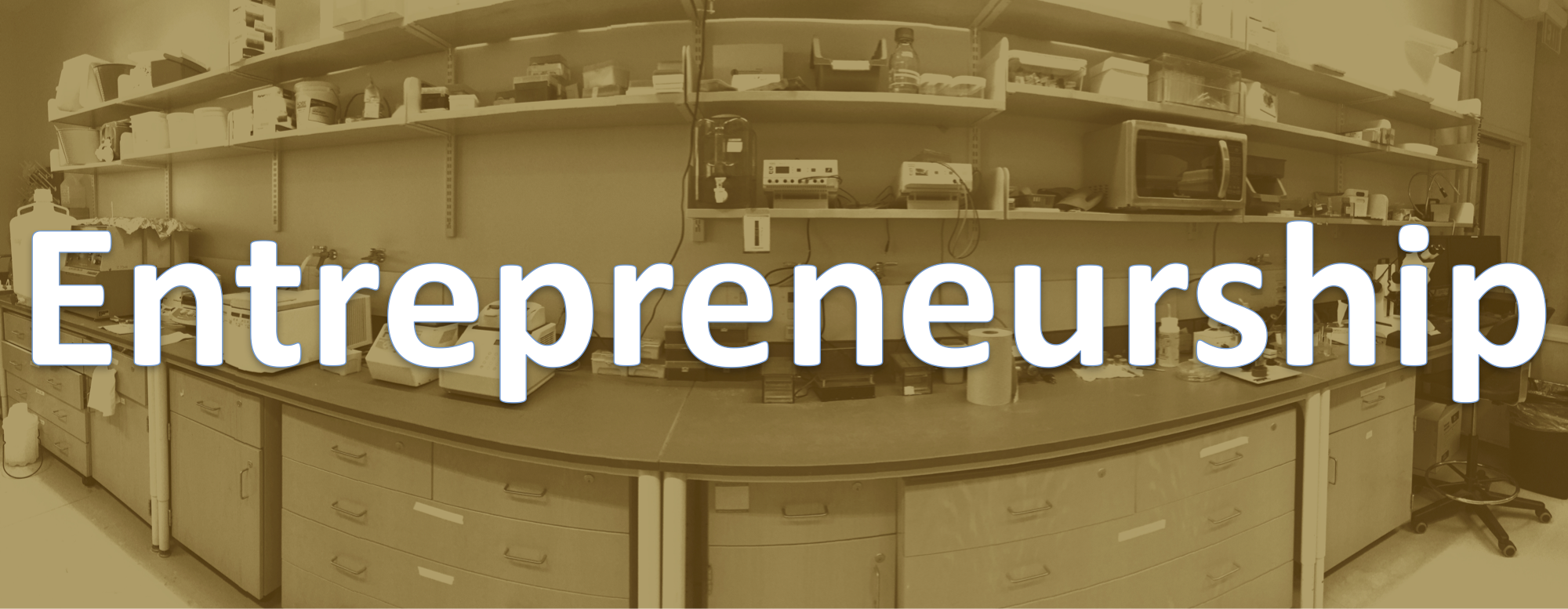
Flip recombinase is a versatile enzyme that has broad applications in molecular genetics. Flip recombinase has been used to manipulate genomes in industrial and agricultural settings. However, one limitation of Flip recombinase is its binary activity, meaning that Flip recombinase activity cannot be controlled once expressed. Our group has designed an optogenetic variant of Flip recombinase, termed Opto-Flip. Through the use of blue light, Opto-Flip can be controlled in space and time.

Figure 1: Predicted Mechanism of Opto-FLP. By separating flippase into two halves and tagging each half with an optogentic magnet, we will be able to control flippase activity with blue light with spatial and temporal precision.
Industrial Applications
We believe that this Opto-Flip has the potential for many applications. Opto-Flip will allow for temporal control of Flip recombinase activity in many bioreactors, providing industries with greater temporal control over their biological reactions. Such a technique is extremely valuable as it provides complete control over the metabolism of genetically modified organisms and can increase the output of commercially valuable chemicals.

Figure 2: A Typical Bioreactor. Courtesy of Princeton University (https://www.princeton.edu/
sites/default/files/styles/scale_1440/public/images/2018/03/AvalosLab_0031.jpg?itok=MsMbQ3gj).
sites/default/files/styles/scale_1440/public/images/2018/03/AvalosLab_0031.jpg?itok=MsMbQ3gj).
Agricultural Applications
Opto-Flip can also be used in an agricultural setting, as many genetically-modified crops are modified with Flip recombinase. Opto-Flip will allow us to make more robust, nutrition-rich crops. Overall, we believe that Opto-Flip has many applications that could become commercialized in both industrial and agricultural settings.

Figure 3: A Commercial Crop Industry. Courtesy of The Bayer Scientific Magazine (https://www.research.bayer.com/img/29/buehnen-bilder/buehnen-bilder-en/wheat-in-the-bayer-laboratory.jpg).
